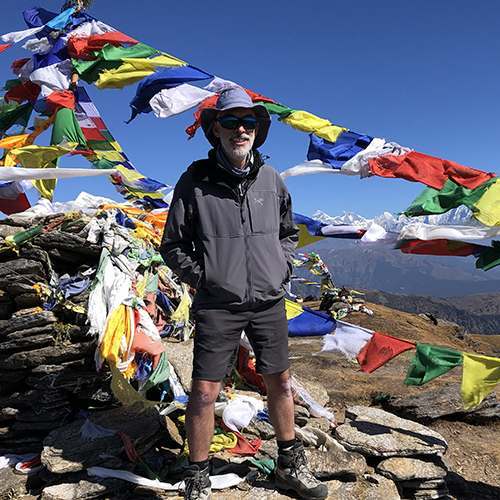
Wanna go trekking in Nepal?
Wanna Go Trekking in Nepal?
Yes! With caution, common sense and more than a touch of consideration, it is now possible to explore Nepal’s Himalaya once again. I’ve just returned from an inspiring 3-week trek to the Khumbu (Everest region) of Nepal and I would encourage you to seriously think about going too! Right now is an amazing time to walk empty trails, spend some quality time with locals and drink in those sublime mountain views, and all while being a Covid-sensitive visitor.
I can already hear the shouts of dissent, ‘How could you risk the lives of others in your desire for a holiday?’ and to be honest, when the suggestion to go first came up, I too felt very unsure. But then I spent a great deal of time researching protocols, contacting locals in Kathmandu and along the proposed route, and slowly but surely, a plan emerged. A plan, that I think could be followed by most small groups of responsible-minded trekkers.
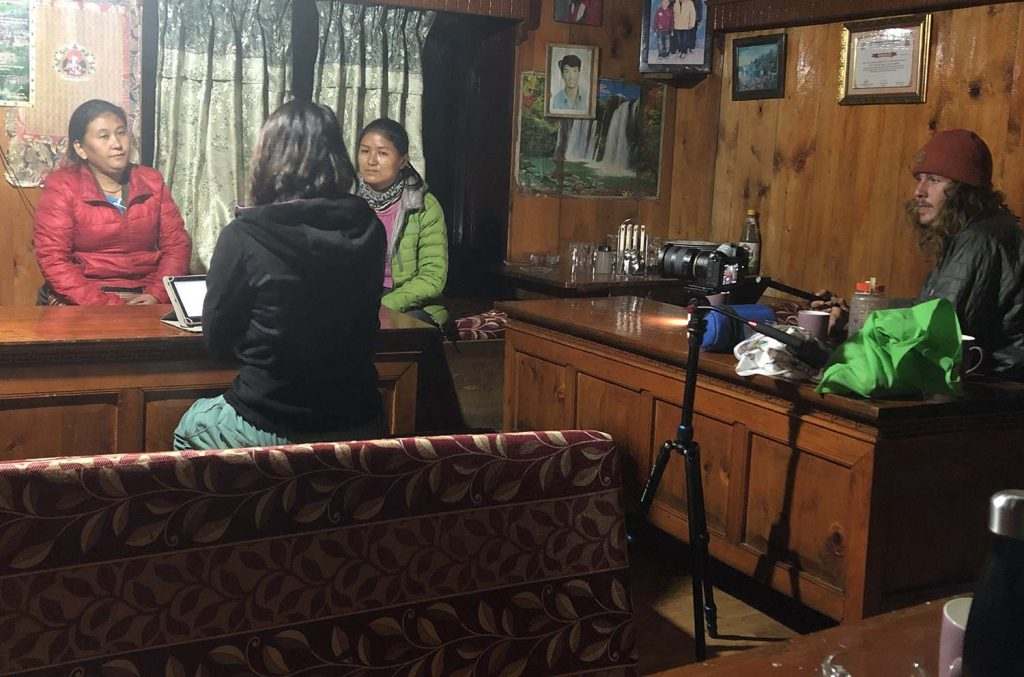
Time to rethink our behaviour?
Adventure tourism has run amuck in the Khumbu for the last couple of decades and it’s time to rethink our behaviour. The impact of thousands of trekkers (over 60,000 in 2019) each year is barely understood and largely overlooked by the tourism industry’s desire for ever greater visitor numbers. My trek plan also had to have a purpose, to survey communities and individuals along the trails to learn about their perspectives. Has tourism been a good thing in local lives? Has it been negative in any way? How do communities adapt to tourism and what are the consequences? Why do I care? I want to understand what are the key factors, both positive and negative, that tourism brings. Over the years, I’ve lived and slow-travelled in places where tourism is now becoming contentious, I might be wrong, but I think that many of the problems are the same everywhere.
While locked-down earlier this year I began working on a social-impact and women’s empowerment survey idea, called MyGHTi. I discussed it with experts from around the world and I was surprised to learn that the idea of a multi-continent comparative survey system to research impacts created by tourism hadn’t been fully addressed. I figured that this was a moment to test the survey in what is normally one of the world’s most iconic adventure tourism destinations – the trail to Everest Base Camp.
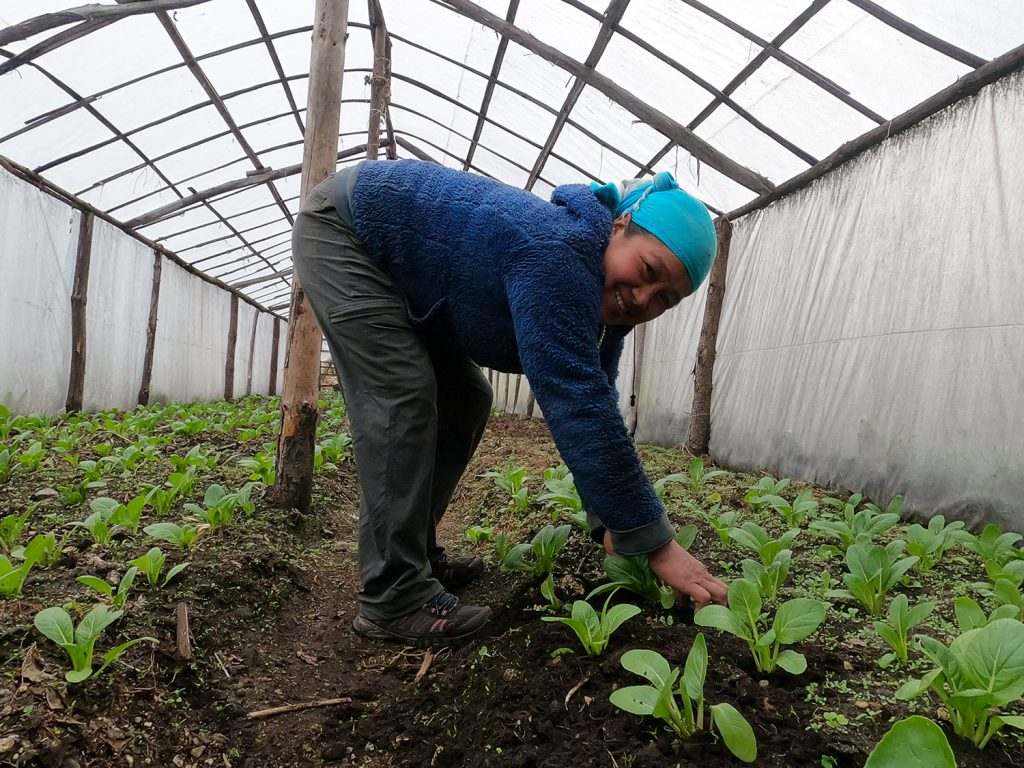
What about Covid?
Nepal was in lockdown for much of the year and it was only from the middle of October that the country decided to open in a limited way to trekkers and mountaineers. I jumped on the chance, contacted some social workers in Nepal, a couple of photographers from the US and a specialist in transformational travel to see if we could make it happen. My regular trekking agent in Kathmandu was overjoyed at the prospect of having a trek to run, but I really wanted our journey to ‘go the extra mile’ regarding Covid safety; for us, for the trekking crew and especially for the locals in the mountains.
I’d heard about some great work that was happening among a few travel companies to develop a rigorous protocol for trekking. They generously shared their ideas and I combined it with feedback from some of the teahouse owners from the Khumbu… to summarise, this is what we did:
- All Nepali crew self-isolated in the house of my guide for 14 days before the trek.
- All foreigners self-isolated for 7 days at home before flying to Nepal and then quarantined for 7 days on arrival in Nepal.
- All foreigners had a PCR test within 72 hours prior to international flight departure.
- The whole group had a PCR test within 72 hours before beginning the trek.
- We socially distanced in teahouses, wore masks and maintained regular hand washing. We also encouraged locals to do the same as much as possible.
- We avoided staying in teahouses with other guests, and if that happened, we maintained social distancing at all times.
- Any zoned areas or protocols developed by the teahouses were fully respected.
- Those leaving Nepal had another PCR test within 72 hours before departure.
To be honest, it wasn’t hard to maintain social distancing in places or along the trail as there were so few people around, and everyone was super responsive to the efforts we all went to in minimising contact and maintaining hygiene levels.
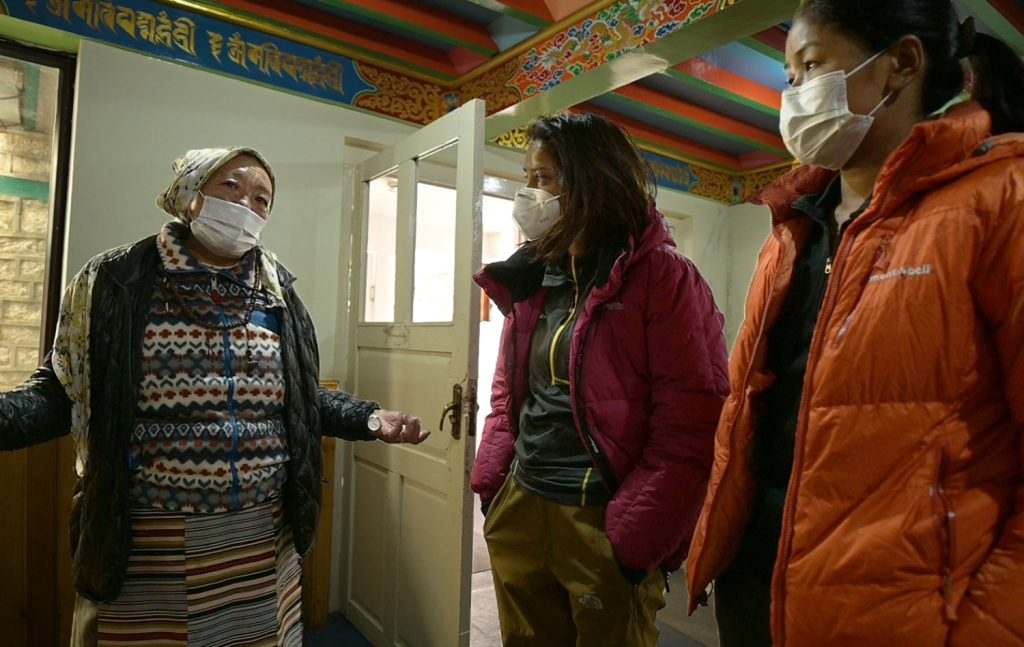
Was it all worth it?
Yes, absolutely! And because we were doing the survey, we knew the locals thought so too! Instead of the countless Facebook opinions being the judge of our trek, let me leave with a comment we heard again and again, ‘Please send more trekkers!’ I’d only want to add that we’d all be better off by following cautious protocols, packing a good dose of common sense, and above all, being sensitive to those who host and care for us along the trail.
If you want to know more about the survey, watch this space, we’re working on the report!
GHT season is almost here again and there are folks planning on full traverses next season!
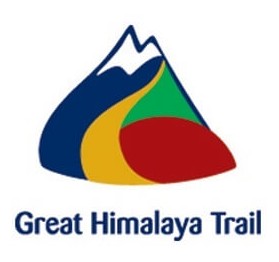
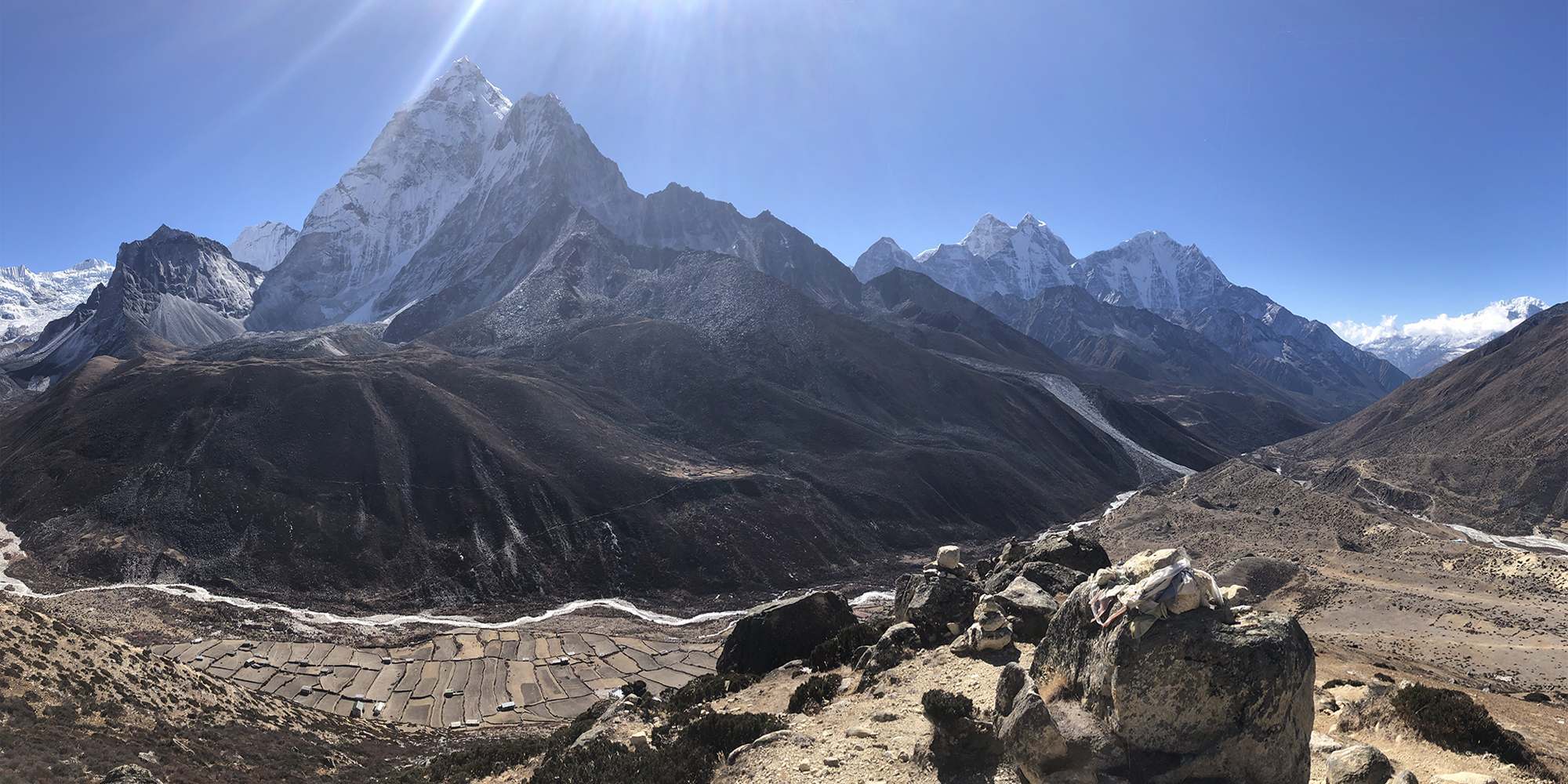
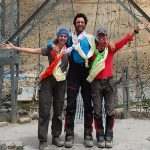
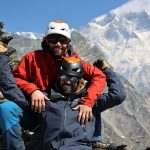
Tilak Shrestha
April 7, 2021 at 8:16 pmThanks for sharing good article. it is very helpful.